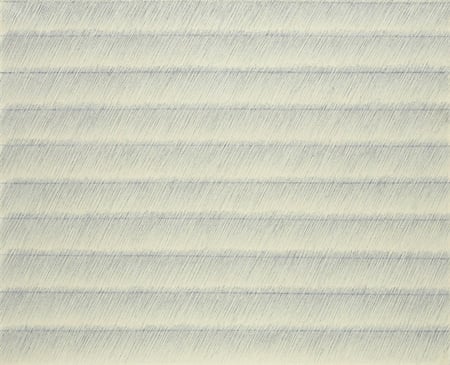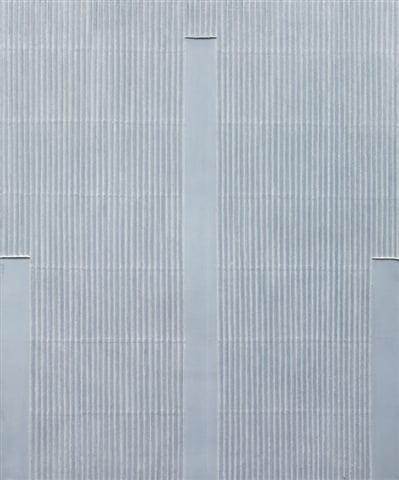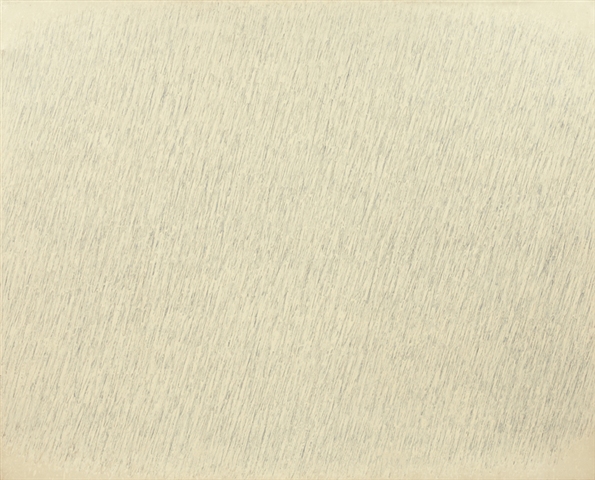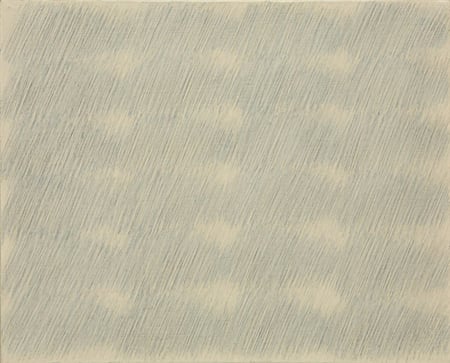Auctions
Park Seo-Bo and Contemporary Korean Art
Abstract painter Park Seo-Bo reflects upon postwar Korean art.

Abstract painter Park Seo-Bo reflects upon postwar Korean art.

Presca Ahn

Few Korean artists have achieved the fame of Park Seo-Bo (Korean, b.1931), who has been a major figure in the Korean avant-garde from the Post-War era to the present day. Scholar Joan Kee has compared Park’s public persona in Korea to that of Andy Warhol (American, 1928–1987) in the United States—an enduring notoriety sustained as much by the artist’s charismatic self-presentation as by the art itself. A flashy dresser and an outspoken advocate for his own artistic practice, Park has been at the center of the conversation about Korean Art since the 1950s. This chatty, colorful social presence stands in contrast to the subtle, contemplative quality of his large body of work.

Park Seo-Bo, Écriture No. 020801, 2002, mixed media on paper, sold at K Auction, Seoul, South Korea
In the late 1950s, as Korea emerged from its brutal civil war, Park was part of the Korean avant-garde alongside artists such as Kim Tschang-Yeul (Korean, b.1929), Ha In-Doo (Korean, b.1930), and Kim Seo-Bong (Korean, b.1930). Most of these artists had studied at Seoul National University or Hong-Ik University, where art schools were established in the brief interlude of peace between the end of World War II (which also marked the end of the Japanese colonial era in Korea) and the outbreak of the Korean War. The trauma and cultural erasure attendant on the war years would become a powerful motive for artistic regeneration: the development of a Korean Art that could somehow reconcile traditional art with the spiritual requirements of the present.

Park Seo-Bo, Écriture No. 2-68, 1968–1970, mixed media on canvas, sold at K Auction, Seoul, South Korea

Park Seo-Bo, Écriture No. 3-78, 1978, oil and pencil on canvas, sold at K Auction, Seoul, South Korea
Like many Korean artists of the Post-War era, Park soon turned away from figuration, and since then has been most closely identified as a major figure in the Korean Monochrome (Dansaekhwa) movement, which also included artists such as Lee Ufan (Korean, b.1936) and Ha Chong Hyun (Korean, b.1935). In developing a notion of Modernism in Korean Art, Park and his contemporaries took their cues from America and France rather than Japan, whose cultural influence in Korea had waned since the dissolution of the empire. Abstract Expressionism and Art Informel were the dominant foreign influences in Post-War Korean Art, which was also deeply informed by the Korean ink-painting tradition and Buddhist philosophy.

Park Seo-Bo, Écriture No. 25-75, 1975, oil and pencil on canvas, sold at K Auction, Seoul, South Korea
In the 1970s, Park began his most famous series of works, the Écriture series. The early Écriture works, executed on cloth or paper, involve layers of milky white or pale gray paint over which Park has drawn repetitive, unidirectional pencil lines. He has said that the repetitive gestures and monochromatic environments of these works are a way of emptying the painting of the self, and achieving a unity with the nothingness in nature. However, the title of the series refers to writing, an inherently individualistic act. Calling the works écritures indicates some degree of commitment to the notion of drawing and painting as documents of artistic subjectivity—part of the reason, perhaps, that Park’s work has been so well-received in the West.